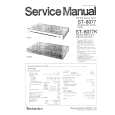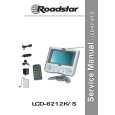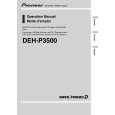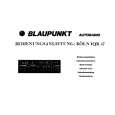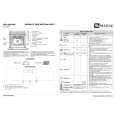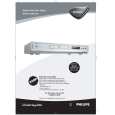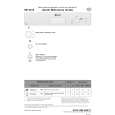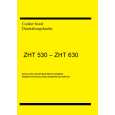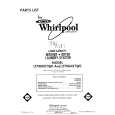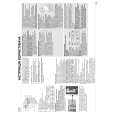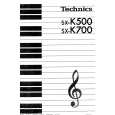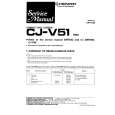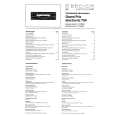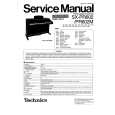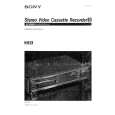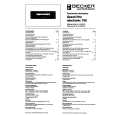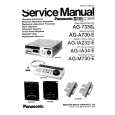|
|
|
Kategorie
|
|
Informacje
|
|
Polecamy
|
|
|
 |
|
|
Dla tego produktu nie napisano jeszcze recenzji!
Pin 5 � Isense: Provides cycle by cycle over current protection by turning off pin 4 driver output when Q602 current exceeds the current limit corresponding to 500mV at pin 5. This pin typically provides 425nS of leading edge blanking time. The threshold voltage for switch over to low frequency (low power) operation is sensed by pin 5. When the voltage sensed at pin 5 is below 165mV, IC601 transitions from operating at high frequency (56.5KHz) to low frequency (23.5KHz). Pin 6 � Vaux: IC601 supply pin. An internal current source from IC601 charges the Vaux capacitors C616, C617 and C681 for startup. Once the Vaux capacitors are charged to the startup voltage level (11V), then IC601 starts switching pin 4 driver output. The Vaux is also supplied by an auxiliary winding from T601 on the primary side once the secondary output voltages attain their nominal operating voltage values. Pin 6 also provides under voltage lockout detection (8V) and over voltage protection (14.7V). Pin 7 � DS: Provides the power supply for the driver output (pin 4). Pin 8 � Iref: Controls IC601 internal bias currents, which determines the pulse width modulated switching frequencies. High frequency is 56.5KHz during active on mode. Low frequency is 23.5KHz during suspend/standby mode. Pin 9 � Vctrl: Feedback voltage for duty cycle control. Pin 10 � NC: No connection. Pin 11 � Gnd: Connected to primary side DC mains return. Pin 12 � NC: No connection. Pin 13 � Dem: Guarantees discontinuous conduction mode operation for the power supply. Verifies that T601 is demagnetized by not activating the next gate drive pulse until the primary side auxiliary winding of T601 is lower than the threshold level of 65mV as detected at pin 13. Pin 14 � OOB: On/Off/Burst mode input signal. A voltage greater than 2.5V enables IC601.
Operation
The power supply is a discontinuous-mode flyback converter with photocoupler feedback for regulating the secondary voltages. The PWM controls the pulse width of the gate drive. When AC is applied to the power supply and IC601 pin 14 is greater than 2.5V, start up current is supplied though IC601 pin 1 to IC601 pin 6. Startup voltage is approximately 11V. After start up, the voltage to pin 6 and pin 7 of IC601 is supplied through D620 connected to T601 pin 1. The first mode of operation is active off mode. The output drive pulse frequency will be in burst mode operation. When the power supply enters active on mode, the switching frequency will be 56.5KHz. The Vaux level will be approximately 12.3 volts. OVP threshold is 14.7 volts and UVLO is 8.0 volts. Therefore, if the Vaux voltage is not correct, the power supply will not operate properly. Feedback from the secondary side comes through IC603 and IC604, which is connected to IC601 pin 9. (See diagram on page 5.)
3. Secondary Circuitry Section
The secondary section consists of the following circuits: Rectifier diodes and filters for all output voltages, +5/12 volt regulators, +5 standby regulator, heater voltage regulator, voltage feedback circuit, active off mode feedback, and protection circuits. This section will describe each circuit and its function.
Secondary Rectifiers
The secondary rectifiers supply the following voltages: 180V (B+) for deflection and video, 80V for video, ±15V for deflection and regulators, 6.3V for heater regulator, and +5V standby regulator.
-4-
|
|
 |
> |
|
